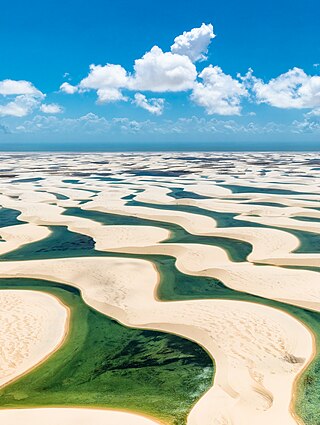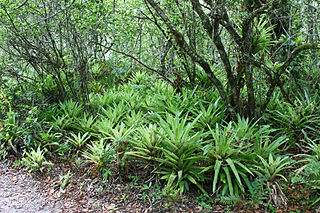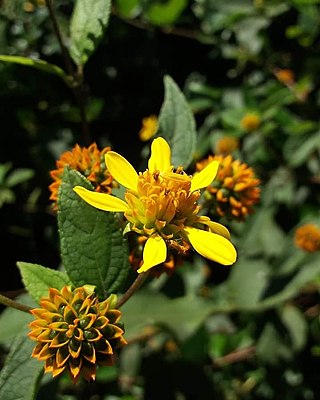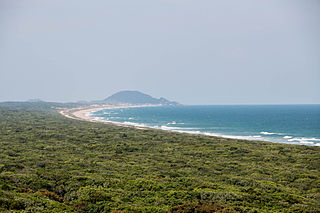
Serra is a municipality in the state of Espírito Santo, Brazil. Bordering the north of the state's capital, Vitória, the municipality is part of the Greater Vitória metropolitan area. Its population was 527,240 (2020) and its area is 548 km2.

Bertioga is a Brazilian municipality of the state of São Paulo in the Baixada Santista. It is part of the Metropolitan Region of Baixada Santista.

Torres is a city on the coast of south Brazil in the state of Rio Grande do Sul. The city has a population of approximately 40,000 inhabitants, of which 10,000 live in rural zones, but in summer the number of inhabitants reaches 300,000.

Lençóis Maranhenses National Park is a national park in Maranhão state in northeastern Brazil, just east of the Baía de São José. Protected on June 2, 1981, the 155,000 ha (380,000-acre) park includes 70 km (43 mi) of coastline, and an interior composed of rolling sand dunes. During the rainy season, the valleys among the dunes fill with freshwater lagoons, prevented from draining due to the impermeable rock beneath. The park is home to a range of species, including four listed as endangered, and has become a popular destination for ecotourists.
Turquino National Park, also known as Sierra Maestra National Park, is a national park in Santiago de Cuba Province, southeastern Cuba.
Costa Verde is a coastline in Brazil, which runs from Itaguaí, Rio de Janeiro state, to Santos, São Paulo state. In São Paulo it is known as litoral norte. Brazil's Costa Verde is characterized by the Serra do Mar escarpment reaching Atlantic Ocean, creating a mountainous landscape very near the coast. It can be considered the greatest extension of Atlantic Forest biome reaching the ocean, between Baixada Fluminense and Baixada Santista.

Superagüi National Park is a national park on the coast of the state of Paraná, Brazil.

Saint-Hilaire/Lange National Park is a national park in Paraná, Brazil.

Quiçama National Park, also known as Kissama National Park, is a national park in northwestern Angola.

Pontal do Paraná is a municipality in the state of Paraná in the Southern Region of Brazil.

The Abrolhos Archipelago are a group of 5 small islands with coral reefs off the southern coast of Bahia state in the northeast of Brazil, between 17º25’—18º09’ S and 38º33’—39º05’ W. Caravelas is the nearest town. Their name comes from the Portuguese: abrolho, a rock awash or submerged sandbank that is a danger to ships. There is a conspicuous shipwreck in the group, SS Rosalinda.

Laguna de la Restinga is a national park on the Isla Margarita, Nueva Esparta state, Venezuela. The main part of the park is a large salt lagoon, rich in fish and birdlife. It is on the Ramsar list of wetlands of international importance, and is classified as an Important Bird Area.

Tilesia is a genus of flowering plants in the family Asteraceae. Species in the genus Tilesia are found in Cuba and South America.

The Ilha do Mel State Park is a state park in the state of Paraná, Brazil, located in the municipality of Paranaguá. It is a very small island, with a lot of fauna and flora, due to its small index of urbanization. It has 25 kilometers of beaches, and the population of the Island is distributed among some small villages: Encantadas, Nova Brasilia, Farol, Praia Grande and Fortaleza.

The Ilha do Cardoso State Park is a state park on the coast of the state of São Paulo, Brazil. It preserves a large area of Atlantic Forest on the Ilha do Cardoso, an island, and includes marshes and mangroves that form an important breeding area for marine life. Visitors may reach the island by boat and stay in one of the villages. They may visit the beaches or follow trails into the interior, where there are waterfalls and natural pools.
The Restinga Municipal Nature Park is a municipal nature park in the state of Paraná, Brazil. It was created to protect a strip of coastal vegetation, but little has been done to implement the park.

The Acaraí State Park is a state park in the state of Santa Catarina, Brazil. It protects a coastal area in the Atlantic Forest biome. There are issues due to a sizeable population of traditional residents in the park.

The Restinga de Bertioga State Park is a state park in the state of São Paulo, Brazil. It protects an area of restinga, mangroves and dense rainforest on the coast of São Paulo. The park provides an important ecological corridor from the coastal restinga to the Serra do Mar State Park further inland.

The Rio Vermelho State Park Portuguese: Parque Estadual do Rio Vermelho is a state park in the state of Santa Catarina, Brazil. It protects an area of restinga, dense rainforest and land modified by exotic plantations which is to be restored. The park provides a green space for visitors from the nearby state capital of Florianópolis. It features an ecological trail where visitors may see and learn about wild animals rescued from abuse by the environmental police.

The Laguna de Tacarigua National Park, also known as Tacarigua Lagoon National Park, is a protected area with the status of a national park located east of Miranda State, in the South American country of Venezuela. It comprises a permanent coastal lagoon of 7800 ha and 1.2 m of average depth, separated from the sea by a restinga or coastal barrier of 28.8 km long and 300–1000 m wide that was formed by the action of the sea current which runs along the coast in an East-West direction.


















